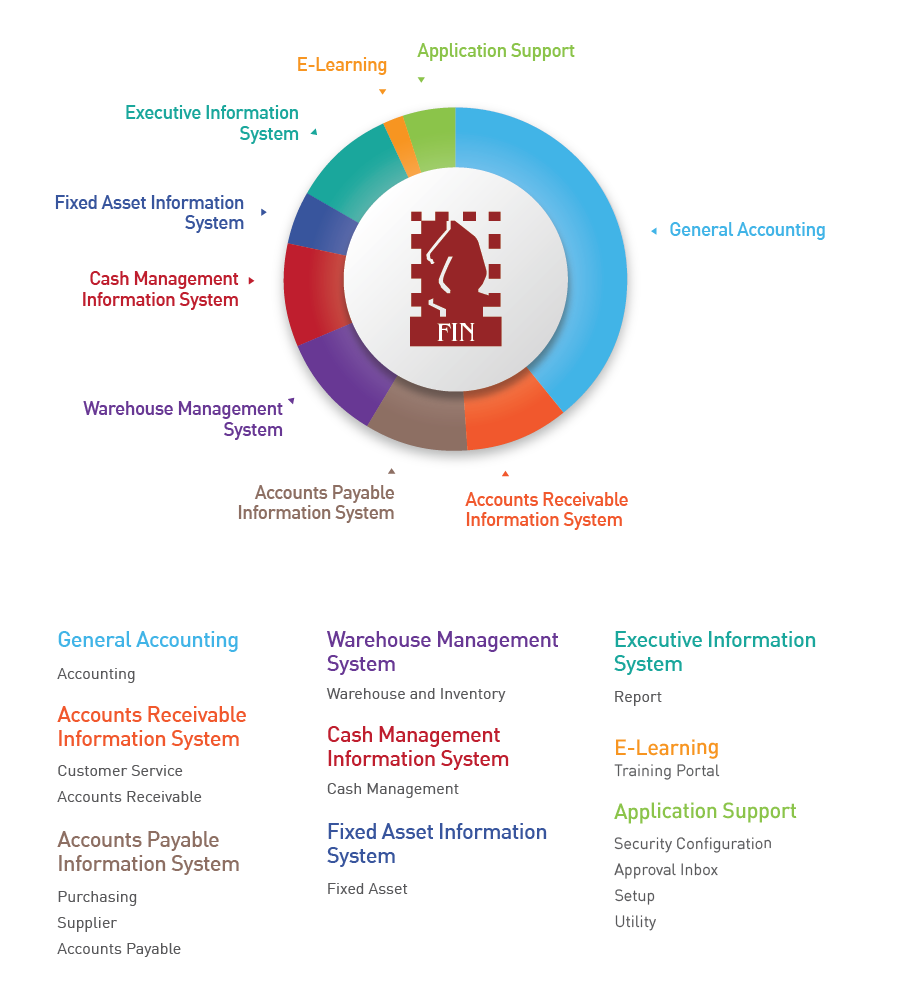Ksatria announces the release of KMS, an end-to-end hospital information system (HIS) that can integrate all the hospital processes starting from registration, clinical process up to back office processes.
Streamlining a hospital business process will ensure operational effectiveness which will subsequently provide better services to the patients, as well as improve the hospital’s management and bottom line.
What’s new in KMS?
Build-in finance system
KMS is equipped with the KMS-FIN, an out-of-the-box, seamlessly integrated accounting system that automatically generates journal entries for all transactions. Combined with the new module, Doctor Compensation, that records and regulates doctors’ arrangement with the hospitals, Finance Department can easily keep track of all transactions and use the stored data to generate income taxes easily.

Electronic Medical Record (EMR)
KMS comes with electronic patient medical record that covers all clinical services, allowing patient’s records to become accessible from any point of care, providing doctors with complete and updated patient information to help establish a proper diagnosis and determine the appropriate treatment.
Computerized Physician Order Entry (CPOE)
The upgrade to v.5.3 includes a more advanced and complete set of clinical functionalities, including CPOE and e-prescription. CPOE gives doctors the ability to create prescriptions, referrals and service orders that will be sent out to the appropriate follow-up service providers directly from the examination screen, hence accelerating the patient service flow by cutting down the excessive paperwork.
Integration Module
KMS supports integration with other applications, including HL7 integration with hospital’s Laboratory Information System (LIS) and Radiology Information System (RIS), so doctors can automatically receive examination and imaging results from diagnostic equipment. This saves time and reduces possibility of error in handling the patients’ diagnostic examination results. Similarly, its interoperability module enables KMS to integrate with popular third-party accounting systems that the hospitals might be using.
Integration with BPJS
In light of the Indonesian government mandatory Healthcare Social Security System (BPJS) implementation, hospitals have to install two new applications in their system: Eligibilitas Peserta (SEP) and Case Base Groups (INACBG). In a normal situation, this means the hospital will have to operate three applications in their day to day activities. KMS’s database can be integrated with the SEP and INACBG, saving time that can be used to serve more patients.
KMS is built in compliance with the Indonesian laws and addresses most of the concerns that Indonesian hospitals are facing. Its comprehensive Master Patient Index prevents duplication in patients’ electronic medical records and makes them accessible at any point of care. The integrated nature of KMS helps getting payment leakage under control and promote better coordination between hospital staff and facilities scheduling.
These are only some of the problems that Indonesian hospitals can solve using KMS. With KMS, hospitals can increase the efficiency of their operations and therefore offer better services to more patients.
Electronic Medical Record (EMR)
KMS comes with electronic patient medical record that covers all clinical services, allowing patient’s records to become accessible from any point of care, providing doctors with complete and updated patient information to help establish a proper diagnosis and determine the appropriate treatment.
Computerized Physician Order Entry (CPOE)
The upgrade to v.5.3 includes a more advanced and complete set of clinical functionalities, including CPOE and e-prescription. CPOE gives doctors the ability to create prescriptions, referrals and service orders that will be sent out to the appropriate follow-up service providers directly from the examination screen, hence accelerating the patient service flow by cutting down the excessive paperwork.
Integration Module
KMS supports integration with other applications, including HL7 integration with hospital’s Laboratory Information System (LIS) and Radiology Information System (RIS), so doctors can automatically receive examination and imaging results from diagnostic equipment. This saves time and reduces possibility of error in handling the patients’ diagnostic examination results. Similarly, its interoperability module enables KMS to integrate with popular third-party accounting systems that the hospitals might be using.
Integration with BPJS
In light of the Indonesian government mandatory Healthcare Social Security System (BPJS) implementation, hospitals have to install two new applications in their system: Eligibilitas Peserta (SEP) and Case Base Groups (INACBG). In a normal situation, this means the hospital will have to operate three applications in their day to day activities. KMS’s database can be integrated with the SEP and INACBG, saving time that can be used to serve more patients.
KMS is built in compliance with the Indonesian laws and addresses most of the concerns that Indonesian hospitals are facing. Its comprehensive Master Patient Index prevents duplication in patients’ electronic medical records and makes them accessible at any point of care. The integrated nature of KMS helps getting payment leakage under control and promote better coordination between hospital staff and facilities scheduling.
These are only some of the problems that Indonesian hospitals can solve using KMS. With KMS, hospitals can increase the efficiency of their operations and therefore offer better services to more patients.
Electronic Medical Record (EMR)
KMS comes with electronic patient medical record that covers all clinical services, allowing patient’s records to become accessible from any point of care, providing doctors with complete and updated patient information to help establish a proper diagnosis and determine the appropriate treatment.
Computerized Physician Order Entry (CPOE)
The upgrade to v.5.3 includes a more advanced and complete set of clinical functionalities, including CPOE and e-prescription. CPOE gives doctors the ability to create prescriptions, referrals and service orders that will be sent out to the appropriate follow-up service providers directly from the examination screen, hence accelerating the patient service flow by cutting down the excessive paperwork.
Integration Module
KMS supports integration with other applications, including HL7 integration with hospital’s Laboratory Information System (LIS) and Radiology Information System (RIS), so doctors can automatically receive examination and imaging results from diagnostic equipment. This saves time and reduces possibility of error in handling the patients’ diagnostic examination results. Similarly, its interoperability module enables KMS to integrate with popular third-party accounting systems that the hospitals might be using.
Integration with BPJS
In light of the Indonesian government mandatory Healthcare Social Security System (BPJS) implementation, hospitals have to install two new applications in their system: Eligibilitas Peserta (SEP) and Case Base Groups (INACBG). In a normal situation, this means the hospital will have to operate three applications in their day to day activities. KMS’s database can be integrated with the SEP and INACBG, saving time that can be used to serve more patients.
KMS is built in compliance with the Indonesian laws and addresses most of the concerns that Indonesian hospitals are facing. Its comprehensive Master Patient Index prevents duplication in patients’ electronic medical records and makes them accessible at any point of care. The integrated nature of KMS helps getting payment leakage under control and promote better coordination between hospital staff and facilities scheduling.
These are only some of the problems that Indonesian hospitals can solve using KMS. With KMS, hospitals can increase the efficiency of their operations and therefore offer better services to more patients.






